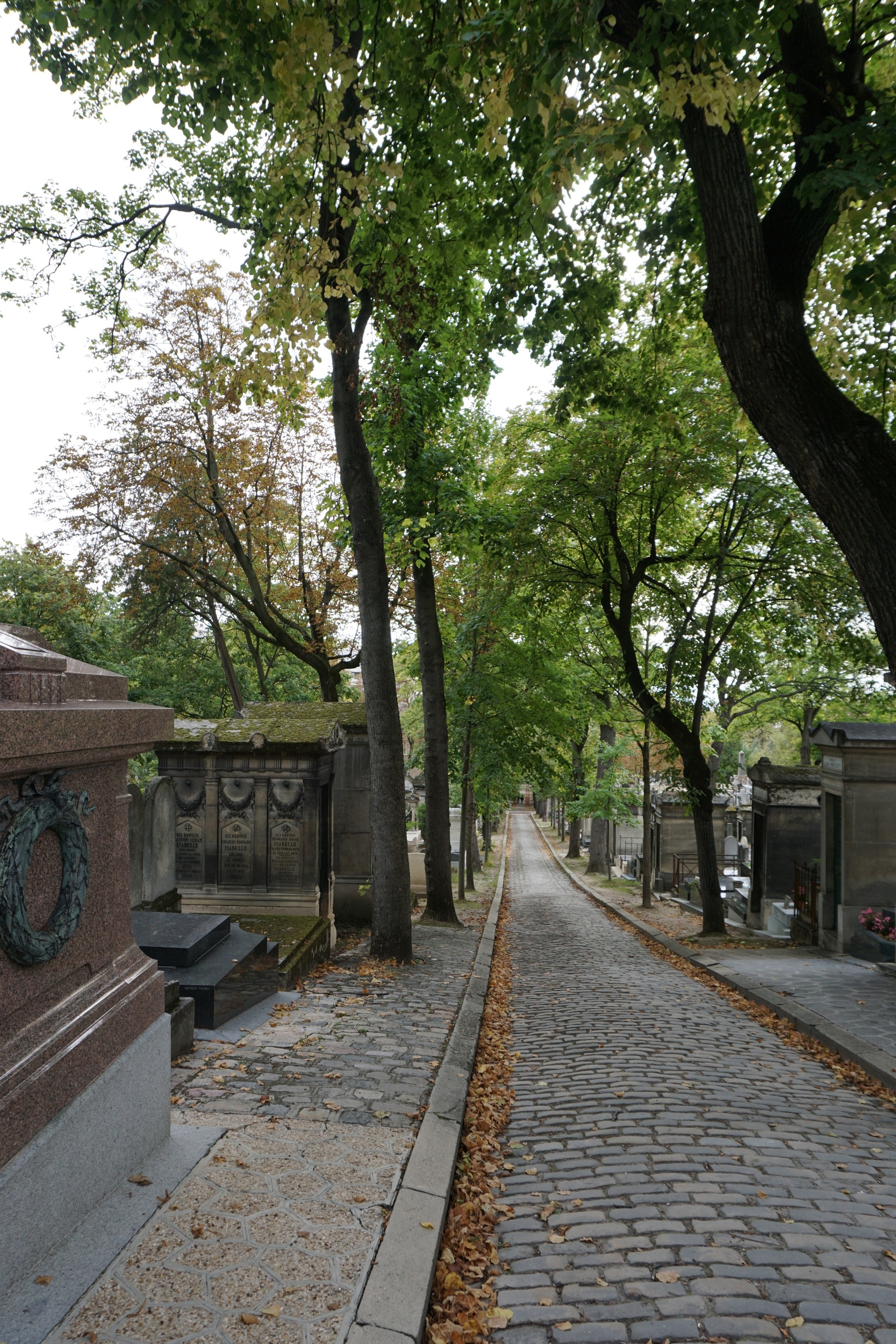When I was younger, I’d imagined reaching certain classical milestones by certain ages, and by one particular year, it turned out that I had met none of those milestones. Instead it turned out to have been a year of listening to Fleetwood Mac, possibly a year where I heard of more passings than of engagements, marriages, and births, and a year of becoming more aware of the fragility of life, in ways that hadn’t felt so sharp previously - but it was also a year of recognising its moments of joys, harder to identify, but present nonetheless.
I’ve found that a particular optimistic certainty I used to carry with me has faded a bit, the one that tells you there will always be a future, that there’s always a next time, always another day. I canceled my winter flights this year, telling myself there’s always next year, but when I thought of my mother, in her middle age, I recognised that the number of Christmases is not infinite (it never is, but that’s the type of thinking a younger self conducts), and when I had the thought that thirty remaining Christmases was perhaps a realistic number, eliminating one of them felt significant.
Though I still recall with clarity the students years - there was a day during high school when my best friend and I went on a wander day, we walked across the different city neighbourhoods and around the man made lake, picking up various friends along the way; there were days as a university student, when we lived with friends in our five bedroom apartment and we watched America’s Next Top Model at the dining table and painted our nails, and one night we shattered a glass coffee table, and in the dark London winter mornings, we walked in pairs across the narrow bridge towards campus - it strikes me that these memories are from a decade past.
I thought that as I got older I would become less sensitive, but this did not seem to be the case. It seemed that when making hard choices, the right thing was almost always, inevitably, the more difficult thing, the one to avoid and brace against. Sometimes this meant reaching out, and other times it means not. It meant recognising another’s pain, and knowing it’s not your place to fix it.
And yet I’ve wanted to hold onto parts of my younger self, the parts from which we experience curiosity and happiness of discovering the new, of seeing something beautiful, of passing a moment of connection. I wanted to find courage and to understand vulnerability, to find balance of passing time both in solitude, and to turn outwards, to step outside the mind of self and to see others and to know them, and to move within this world, as part of it.
I read and reread Joan Didion’s essays about her time in New York and her time in California, and I held on to the image of the Food Fair bag in her essay on self respect. I liked this piece of writing, for the way she had captured this period of her life when the details came together, and as a reader, during a time that made sense. She talked about character, and courage, and Jordan Baker, and I started rereading The Great Gatsby again.
There was a morning where I stepped out of the metro at Esplanade de la Defense at the right minute to be greeted with a red sunrise coming up over a corner of the Arc de Triomphe.
There was a late summer day in Toronto, one of those timeless days, where we walked across the city, passed the afternoon in Trinity Bellwoods park, and on to Kensington Market where we ate Rasta Pasta’s jamaican chicken by a children’s water fountain playground. At some point in the evening we ended up on the outdoor pool patio of a King West apartment, with the city lights and CN tower in the background skyline, where someone mentioned that rich men kept their mistresses in these apartments, and someone else made a dark, unrelated joke that became the inspiration for a group chat called Pamper.
My sister and I found a bolognese sauce recipe, and made it several times. It was our first time using a slow cooker, and we spent afternoons chopping carrots and onions while watching The Good Place.
I went to the Louvre and discovered the French sculpture halls, and learnt that Pigalle and Houdon, names I had only known as a metro station and a street in my quarter, belonged to the names of French sculptors.
We went to a cocktail bar where the bartender reminded us of Edward Norton, and when we tried to go back a second time, passed by a girl lying on the street in the middle of an asthma attack, and we called the ambulance and felt expasteration at a bystanding boy for his naive and youthful idiocy when he thought it would be helpful to pour a cup of cold water on her in the late November night.
I had been feeling unhappy with the apartment, so almost signed a lease for an apartment that was a fifty percent increase in rent, and then deciding I could change things more simply, placed an IKEA order, among which included a white desk and a large rug. ‘What colour rug did you pick?’ my friend asked, ‘white, kind of beige’ was the answer, and we laughed, the same way we did, and always have, since the first days of university. I didn’t have the tools to assemble the desk, and while waiting to borrow them, set up a temporary work place by laying the tabletop part across two stacks of books, and sitting on the floor on the new rug, experienced a sense of freedom and gratitude, feeling as if I have arrived somewhere.


























